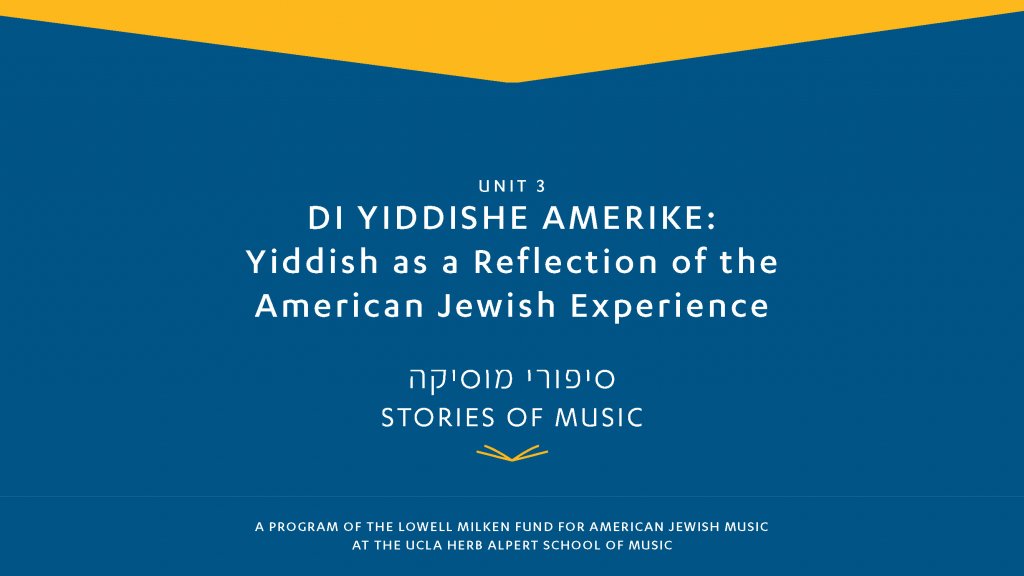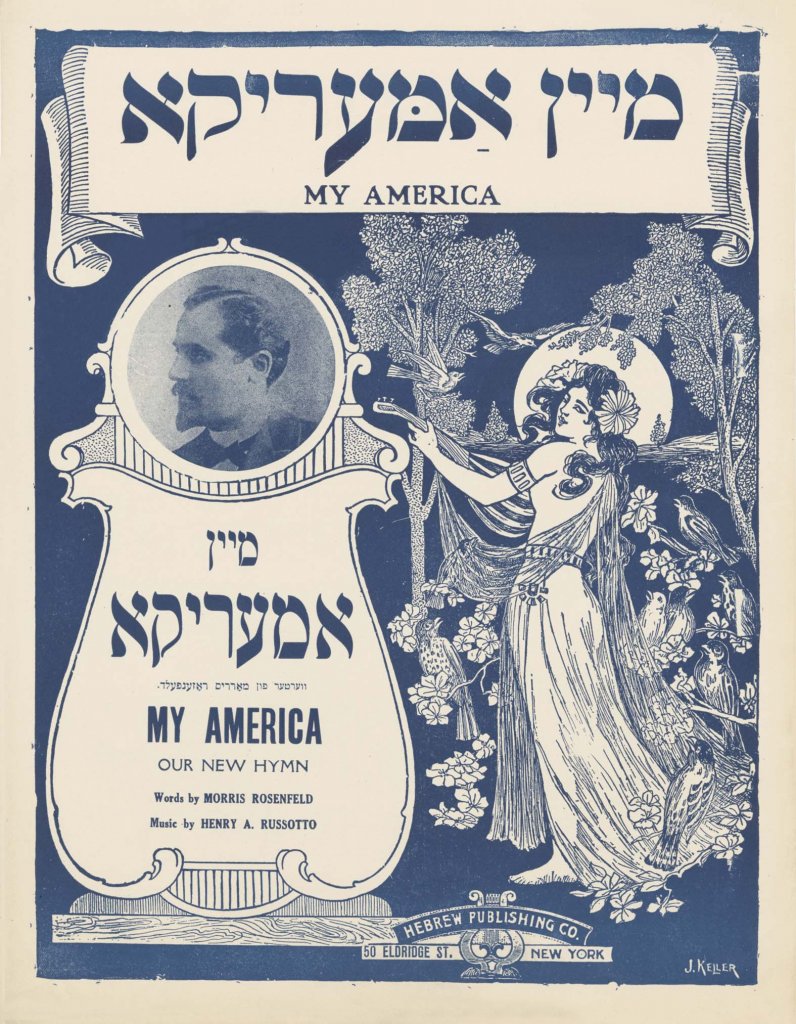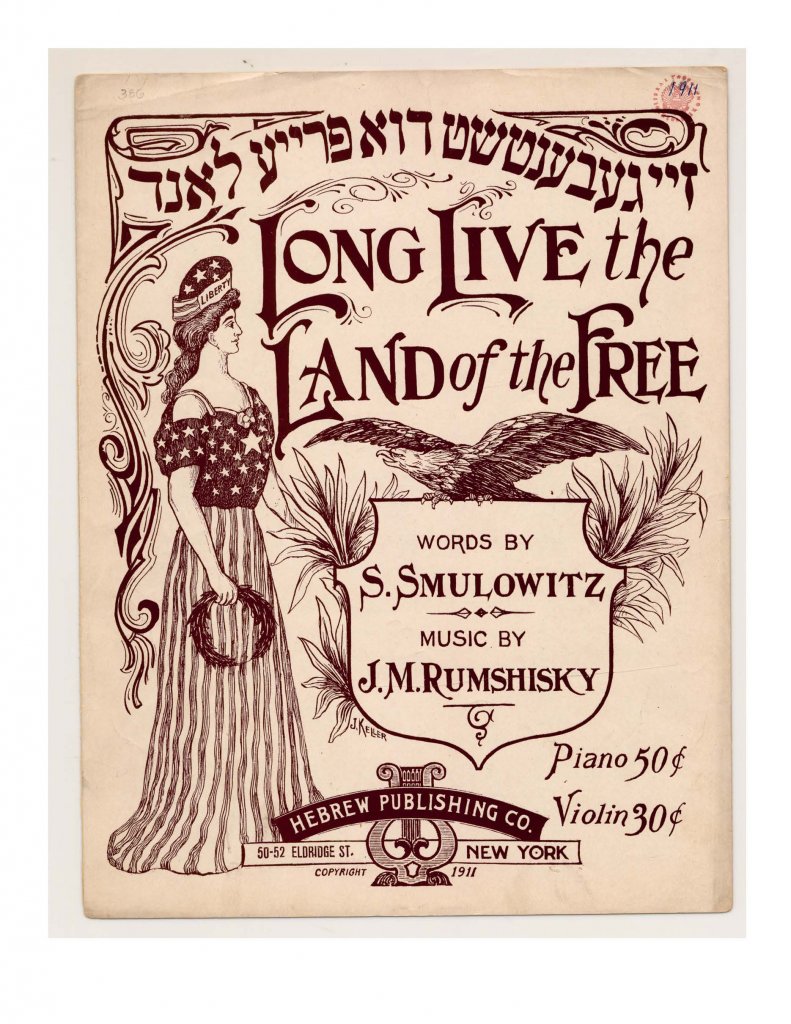With the large Jewish immigration from Eastern Europe in the late 19th and early 20th centuries, Yiddish became a prominent feature of the American Jewish experience. Through Yiddish music these new immigrants expressed their allegiance to their new home land. They described as well some of the more difficult realities of the immigrant experience. Yiddish quickly made its way from the Lower East Side to Broadway, Hollywood and into American pop culture. Today there is a revival of interest in Yiddish music that is as reflective of the Jewish American experience today as it was a century ago.
Through this class, the learner will understand that:
- Since the first wave of immigration from Eastern Europe at the end of the 19th century, Yiddish has been a prominent part of the American Jewish experience.
- For early Jewish immigrants, Yiddish provided a venue for expressing their enthusiasm and passion for their new homeland.
- Today, for many, Yiddish music feels like an authentic connection to Jewish ancestral roots.
- This transformation of the place and use of Yiddish over the past century is, itself, reflective of the transformation in the identity of the individual Jew vis a vis America and of the place of the Jewish community in America.





